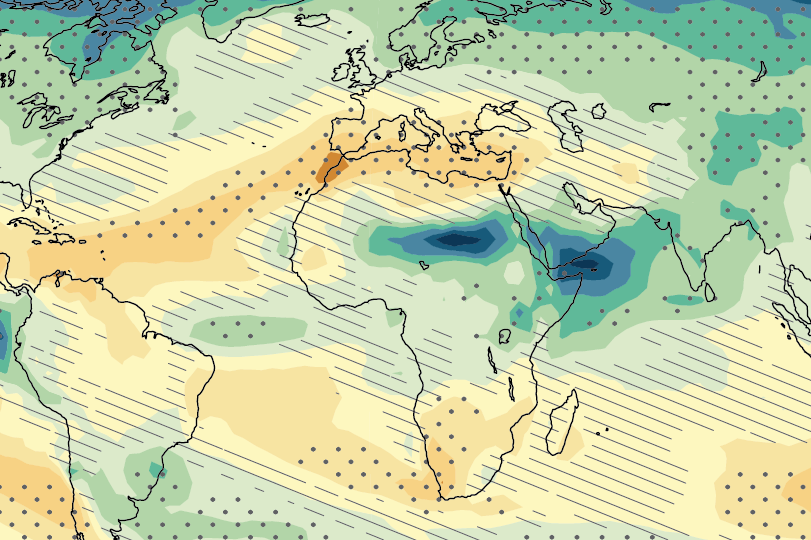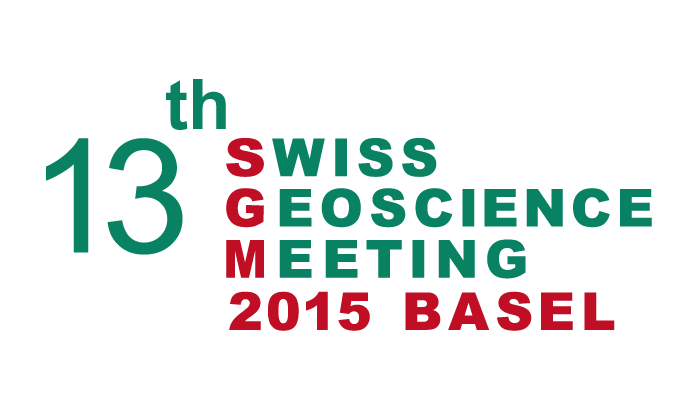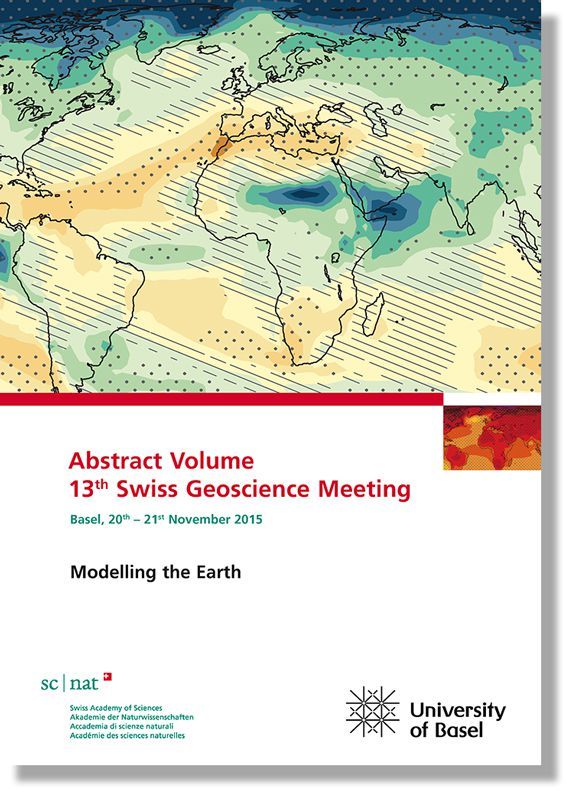13th Swiss Geoscience Meeting 2015 in Basel

The 13th edition of the Swiss Geoscience Meeting focused on latest advances in research in geosciences. It was held on 20th and 21st November 2015 in Basel.
The Department of Environmental Sciences of the University of Basel and the Platform geosciences of the Swiss Academy of Sciences (SCNAT) cordially welcomed the 691 participants in the 13th Swiss Geoscience Meeting held on 20th and 21st November 2015 in Basel.
On Friday 20th, The topic for the general session was devoted to “Modelling the Earth”. Four keynote speakers presented their research covering a wide range of geoscientific topics.
- Paul Tackley (ETH Zurich) brought us close to the Earth’s core-mantle boundary and showed us how modelling can link experimental petrology and geophysical observations leading to an impressive understanding of the Earth’s structure and long-term evolution. The presentation of
- Gian-Kasper Plattner (IPCC WGI TSU, University of Bern) reviewed how climate models and climate change projections have evolved over time since the early Intergovernmental Panel on Climate Change (IPCC) assessment reports and what the latest, the 5th IPCC assessment report, has to say about future climate change.
- Klaus Wallmann (GEOMAR Helmholtz Centre for Ocean Research Kiel) highlighted the effects of eustatic sea-level change on atmospheric pCO2 and seawater composition over the late Quaternary. His mass balances and modeling results reveal that the observed 100-kyr climate cycle may be driven by pCO2 and the biogeochemical removal processes at continental margins.
- Sanjeev Gupta (Imperial College London), took us to the planet Mars and acquainted us with the adventures of NASA's car sized rover, Curiosity, which has been exploring the surface of Gale crater. This mobile laboratory is studying the geology and chemistry of rocks on Mars to determine if the Red Planet could ever have been habitable for life.
On Saturday 21st
About 186 talks were given and 202 posters were presented in 16 scientific symposia that covered the diverse spectrum of current research in geoscience,encompassing the lithosphere, the hydrosphere, the cryosphere, the biosphere, the atmosphere and the anthroposphere.
The SGM offers an ideal environment to also foster informal contacts and discussion between scientists: Such opportunities occur at the Swiss Geoscience Party on Friday evening, or during the poster session on Saturday. Special time slots are allocated to two poster sessions, at which the authors are present.


